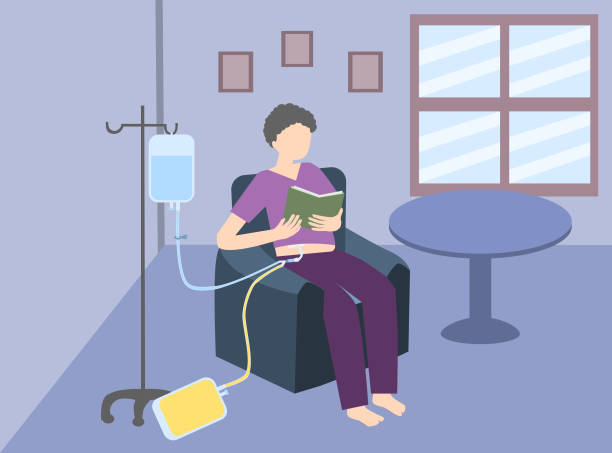Peritoneal dialysis counselling
Home / Haemodialysis counselling
Renmed Clinic - Peritoneal dialysis counselling

Explanation of Peritoneal Dialysis (PD):
- Describe how PD works: A special fluid (dialysate) is introduced into the peritoneal cavity through a catheter. Waste products and excess fluids pass from the blood into the dialysate, which is then drained out, clearing the body of toxins.
Types of Peritoneal Dialysis:
- Continuous Ambulatory Peritoneal Dialysis (CAPD): Patients manually exchange dialysate several times a day, allowing for mobility and independence.
- Automated Peritoneal Dialysis (APD): Uses a machine (cycler) to perform exchanges at night while the patient sleeps, offering convenience and potentially better clearance.
Patient Suitability and Evaluation:
- Assess whether the patient is suitable for PD based on medical history, lifestyle, and physical condition.
- Discuss the advantages (e.g., flexibility, fewer dietary restrictions) and potential disadvantages (e.g., risk of infection, lifestyle adjustments) compared to other dialysis methods.
Procedure and Techniques:
- Demonstrate how to perform exchanges, including sterile technique, catheter care, and troubleshooting common issues.
- Provide practical training sessions to ensure the patient and caregivers understand the process thoroughly.
Complications and Management:
- Educate on potential complications such as peritonitis (infection of the peritoneum), hernias, and fluid imbalance.
- Outline steps to monitor for and manage these complications, including signs to watch for and when to seek medical help.
Lifestyle and Dietary Advice:
- Discuss dietary adjustments, fluid intake restrictions, and medications to manage electrolyte balance and overall health.
- Address how PD may impact daily activities, travel plans, and work life, and provide strategies for adaptation.
Follow-Up and Support:
- Emphasize the importance of regular follow-up appointments with the healthcare team to monitor treatment effectiveness and adjust the therapy as needed.
- Provide information about support groups, resources, and counseling services for emotional and practical support.
Informed Consent:
- Ensure the patient understands the benefits, risks, and alternatives to PD, and obtain informed consent before initiating treatment.
Patient Education Materials:
- Offer written materials, videos, or online resources to supplement verbal instructions, catering to different learning preferences.
Caregiver Training:
- If applicable, involve caregivers in training to support the patient in performing exchanges, recognizing complications, and providing emotional support.
Other services
- Diabetes
- Hypertension
- Febrile illness
- Acute kidney injury
- Chronic kidney disease
- Glomerular disease
- Urinary tract infection and stones
- Paediatric kidney disease
- Haemodialysis counselling
- Peritoneal dialysis counselling
- Renal transplant work up
- Liver and gastrointestinal diseases
- Anaemia
- Respiratory disorders
- Headache and nervous disorders
